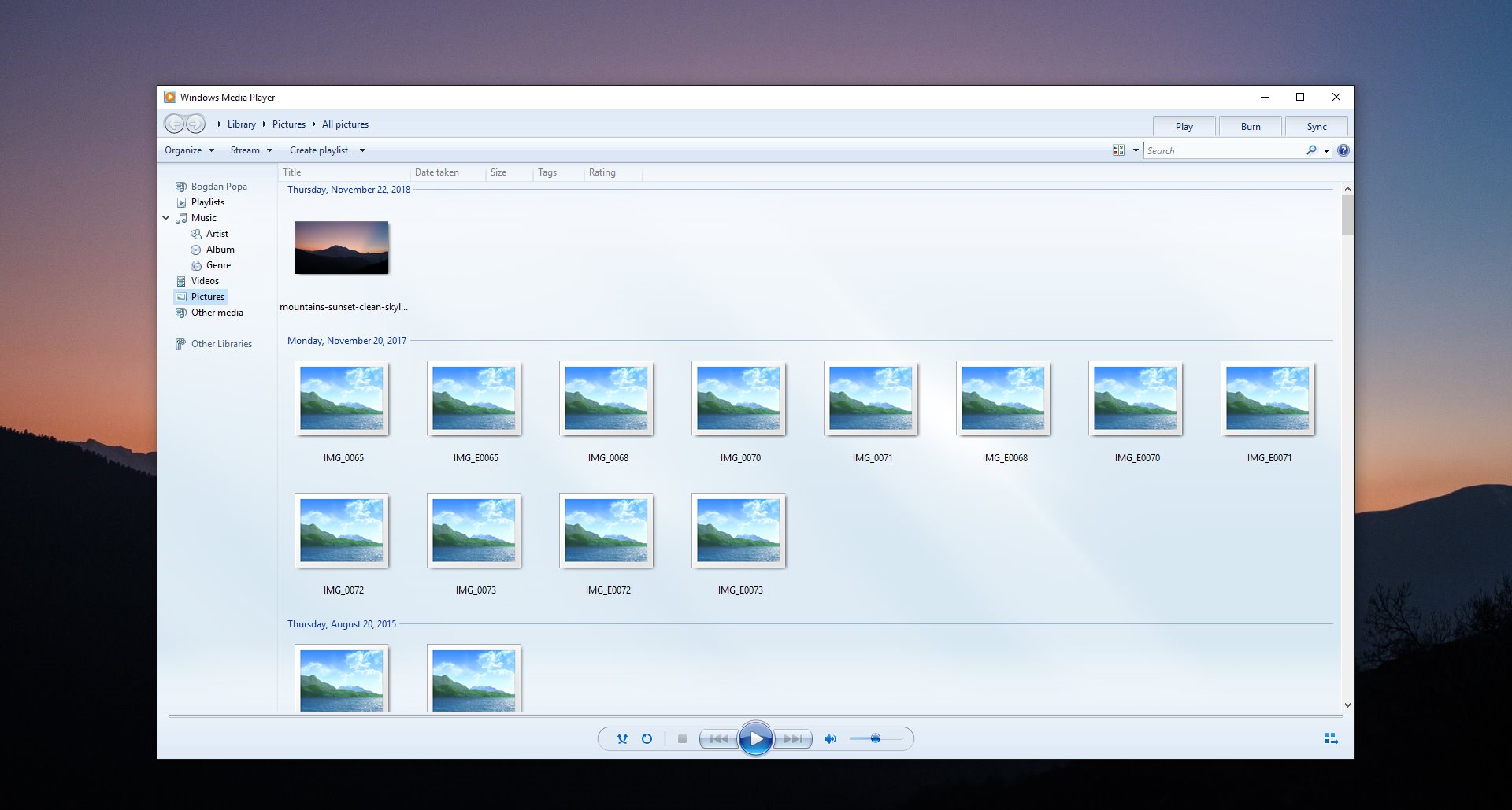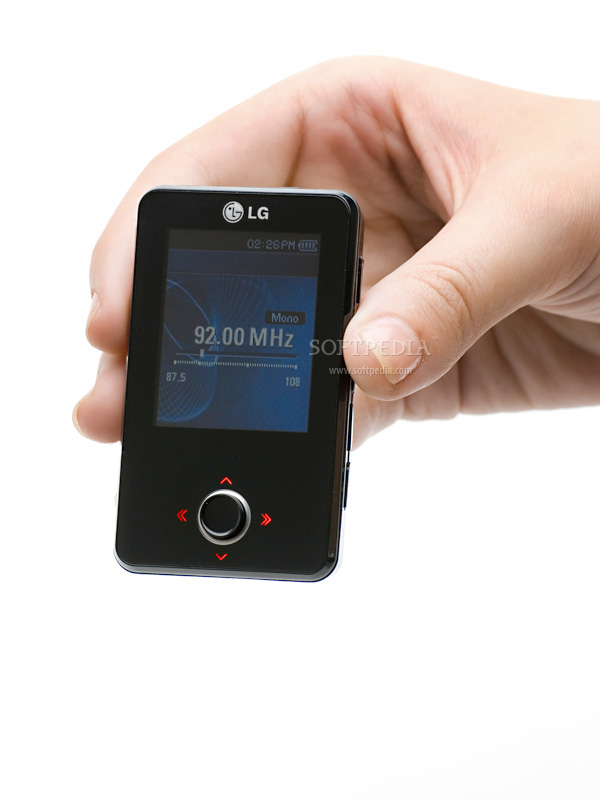
- Microsoft media player how to#
- Microsoft media player 1080p#
- Microsoft media player code#
- Microsoft media player windows#
Media Player Classic Home Cinema includes all kinds of video decoders including H.264 and VC-1 with support for DXVA and Direct Video Acceleration technology.
Microsoft media player 1080p#
In fact, MPC-HC (its abbreviated name) is able to play large files with resolutions of 1080p with virtually no cuts or buffering delays. It plays videos smoothly on not-so-powerful devices, even at high resolutions. One of its greatest strengths is how smooth it is. It also incorporates a host of features that make it one of the better programs of its type. Media Player Classic Home Cinema is a comprehensive open source audio and video player that is capable of playing a myriad of formats.
Microsoft media player windows#
In case pMediaObject is not an IWMPMedia item.Įmbedding the Windows Media Player Control in a. IWMPErrorItem errorItem = errSource.Error IWMPMedia2 errSource = e.pMediaObject as IWMPMedia2
Microsoft media player code#
show the hexadecimal error code and URL. If the Player encounters a corrupt or missing file, Note that information about the error can be retrieved from the _WMPOCXEvents_MediaErrorEvent argument. The following code could be inserted in the method to provide minimal error-handling capability. The following code is displayed: private void Player_MediaError(object sender, _WMPOCXEvents_MediaErrorEvent e) In the list of events, double-click MediaError. To create an event handler, first open the Properties window for the Windows Media Player control. Your application should handle error events sent by the Player. The Windows Media Player control does not raise an exception when it encounters an error such as an invalid URL. The managed-code wrapper for the Windows Media Player control exposes the Controls object as Ctlcontrols to avoid collision with the Controls property inherited from. In C#, the following code will be displayed: private void button2_Click(object sender, System.EventArgs e)Īdd this line between the two curly braces: () Add the Stop Codeĭouble-click the Stop button to reveal the Code window. If you have added the digital media content from the Windows Media Player SDK to the library in Windows Media Player, you can use this code instead: axWindowsMediaPlayer1.currentPlaylist = ("mediafile") īecause the autoStart property is true by default, Windows Media Player will start playing when you set the currentPlaylist or URL property. The symbol instructs the compiler to not interpret backslashes as escape characters. In C#, the following code will be displayed: private void button1_Click(object sender, System.EventArgs e)Īdd this line between the two curly braces: axWindowsMediaPlayer1.URL = the preceding code example, "axWindowsMediaPlayer1" is the default name of the Windows Media Player control, and "c:\mediafile.wmv" is a placeholder for the name of the media item you want to play. Add the Play Codeĭouble-click the Play button to reveal the Code window. Select the second button and change its Text property to "Stop". Select the first button and change the Text property to "Play". For audio-only content, a visualization will appear. When the user plays a video, it will appear in the window.


Select the Windows Media Player control, then change the uiMode property to "none". Resize the control, and then place it where you want the video window to appear. Add the Video WindowĪdd the Windows Media Player ActiveX control to a form.
Microsoft media player how to#
The following sections describe how to create an application that plays video and uses custom play and stop buttons. To use the functionality of Windows Media Player in a C# application, first add the component to a form as described in Using the Windows Media Player Control with Microsoft Visual Studio


 0 kommentar(er)
0 kommentar(er)
